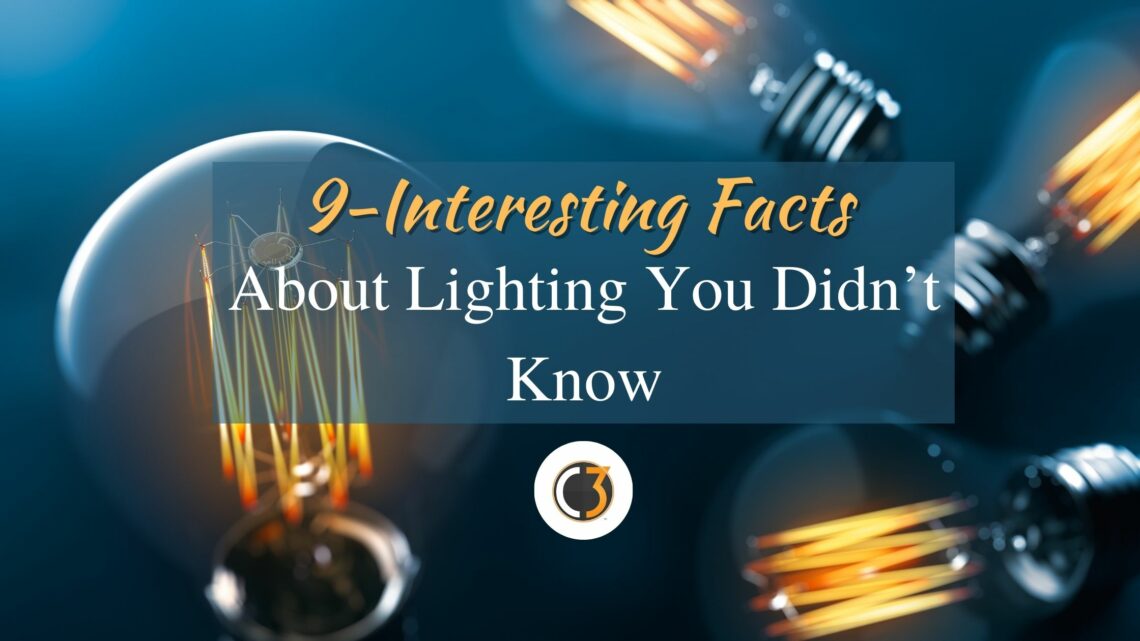
9-Interesting Facts About Lighting You Didn’t Know
Don’t Miss #8
Do you know how much light you use in a day? Do you know the difference between lumens and foot candles? Understanding these terms can help homeowners make the best decisions for their lighting needs. With so many options, it’s important to understand what differentiates them from one another. This blog post will explore 9 interesting facts about lighting every homeowner should know when choosing fixtures and bulbs for their home. You’ll also find some helpful resources at the end of this article to help with those decisions! Let’s get started with 9-interesting facts about lighting you didn’t know!
- Our Eyes are More Sensitive Than a Camera.
- LED Lights are More Energy Efficient and Last Longer than Regular Bulbs.
- The Color of Light in the Home Affects How Happy or Sad.
- “Full Spectrum” lighting is Most Natural-Looking.
- Fluorescents Emit UV Rays Causing Skin Cancer Over Time
- Illumination Indoors and Out for Aesthetics.
- Light Scatters When Entering a Room.
- In the United States, the Color of Streetlights is Usually Yellow or Orange.
- Light Fixtures Should be at Least Two Feet Away from Furniture or Walls
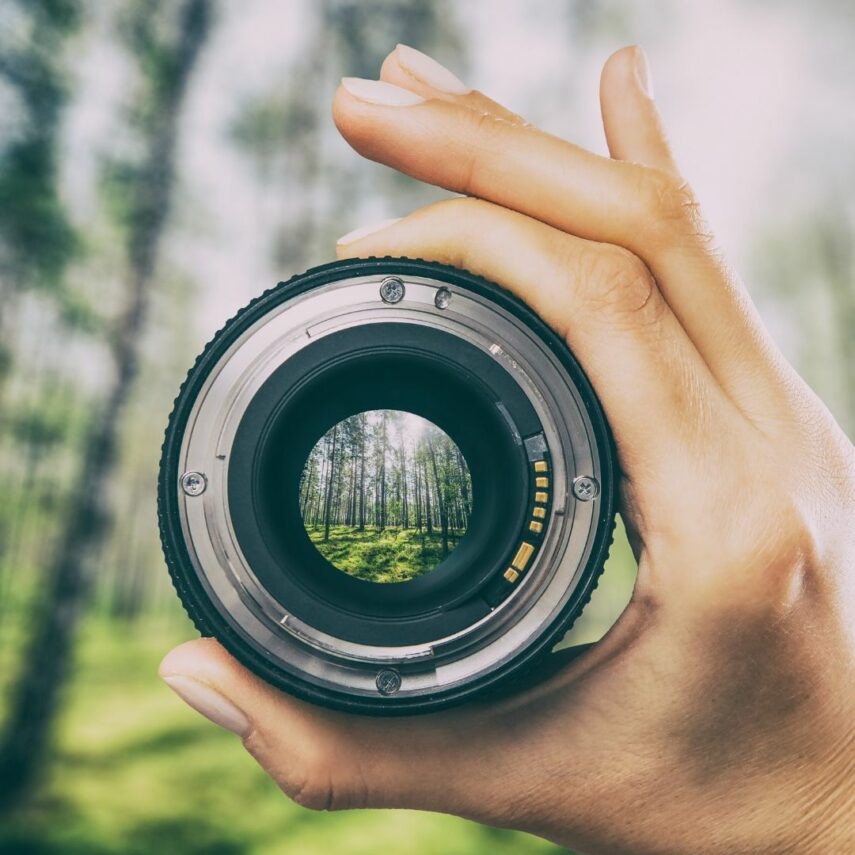
1. One thing You Didn’t Know About Lighting – Eyes are More Sensitive than a Camera
A fascinating way to understand light is thinking of it like a camera lens. Our eyes are more sensitive than a camera – so even if a photo is well lit, it may not seem as bright to our eyes because we see better in dimmer conditions. Our pupils adjust much like the camera lens widening and closing, letting more light come in and making it easier to see. Ever try to take a picture in the dark? Even a cell phone will not produce a photo without proper lighting. Fascinating stuff right here!
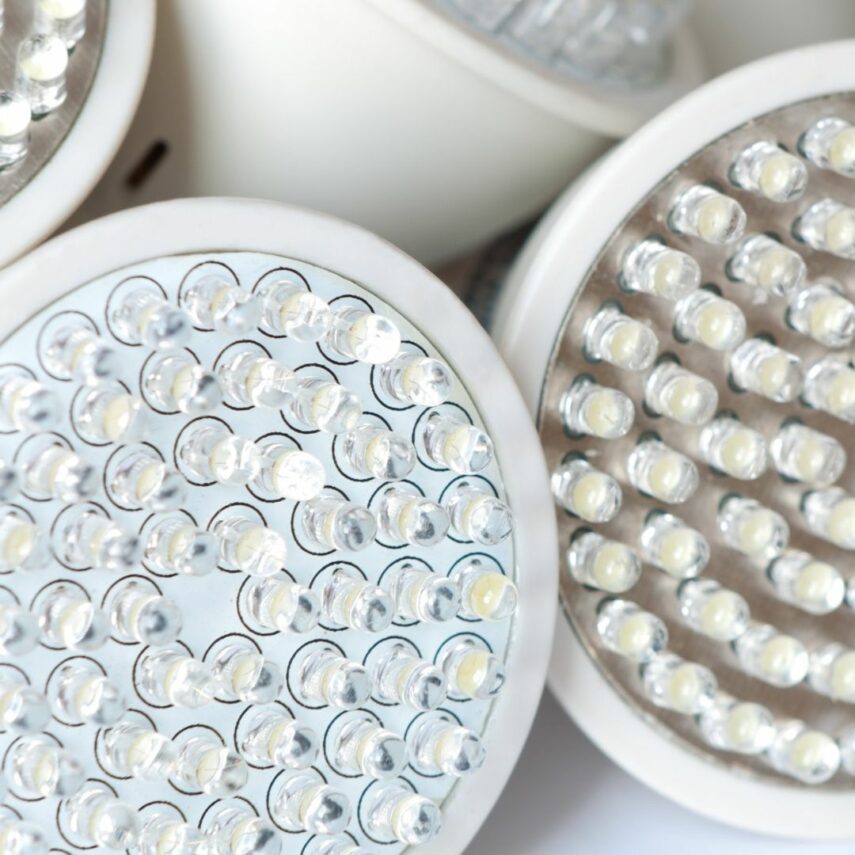
2. ) LED Lights are More Energy Efficient and Last Longer than Regular Bulbs
Many homeowners made the switch to LED lights long ago. But did you know they are not only more energy efficient LEDs last longer than regular bulbs? The ‘Old school’ bulb lasts between 750-2000 hours. LED bulbs last from 24,000- 30,000 hours and fluorescents outperform at 36,000 hours. The excitement in knowing when your bulbs will likely burn-out may impress all your friends. If not, you’ll at least have a gauge for replacements.

3.) The Color of Light in the Home Affects How Happy or Sad
Have you ever walked into someone’s house who never opens the drapes? Do they seem upbeat? In most cases, light can affect the mood of how happy or sad a person becomes. Also common, is becoming emotional on dreary days comparing to ‘Sunshiny-Colorado’ days. Do you agree? The sun absolutely is a mood changer around here.
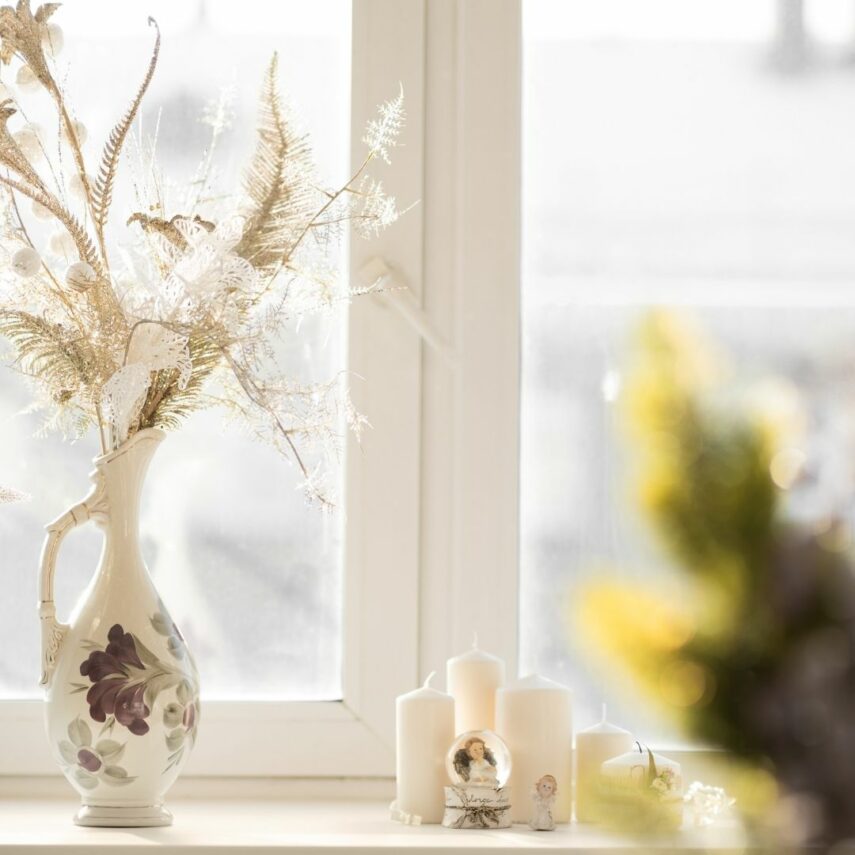
4.) “Full Spectrum” lighting is the Most Natural-Looking.
Someone must properly install these lights for them to work properly. It is also important to invest in lights with a 6500k color temperature and a CRI (Color Rendering Index) rating of 95 or higher to take advantage of the health benefits. If you buy the wrong lamps, you could end up with adverse biological issues such as lack of vitamin D.
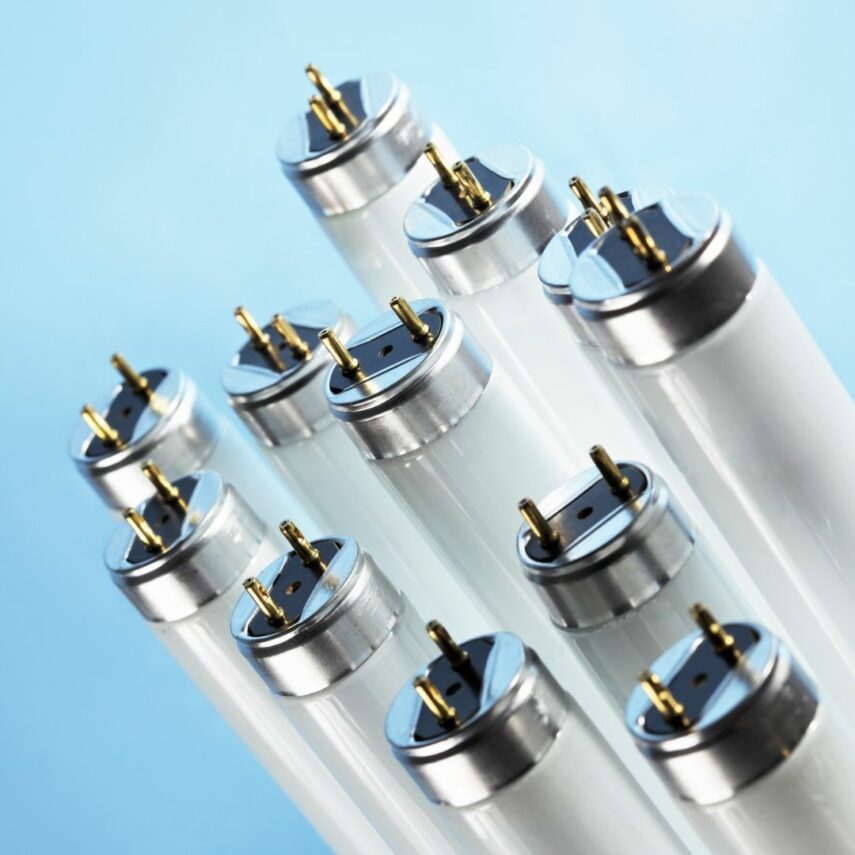
5.) Fluorescents Emit UV Rays Causing Skin Cancer Over Time
Health officials have struggled with the concept or cause and effect of fluorescents. However, both studies in America and Europe have suspected cracks in the bulb damage the integrity but also emit powerful UVC and UV rays that will provoke melanoma. These super-bulbs are also responsible for eliminating keratin and collagen, which can cause wrinkles and slower recovery from injuries. Bet you never thought a light bulb could be so dangerous? Let’s keep going!
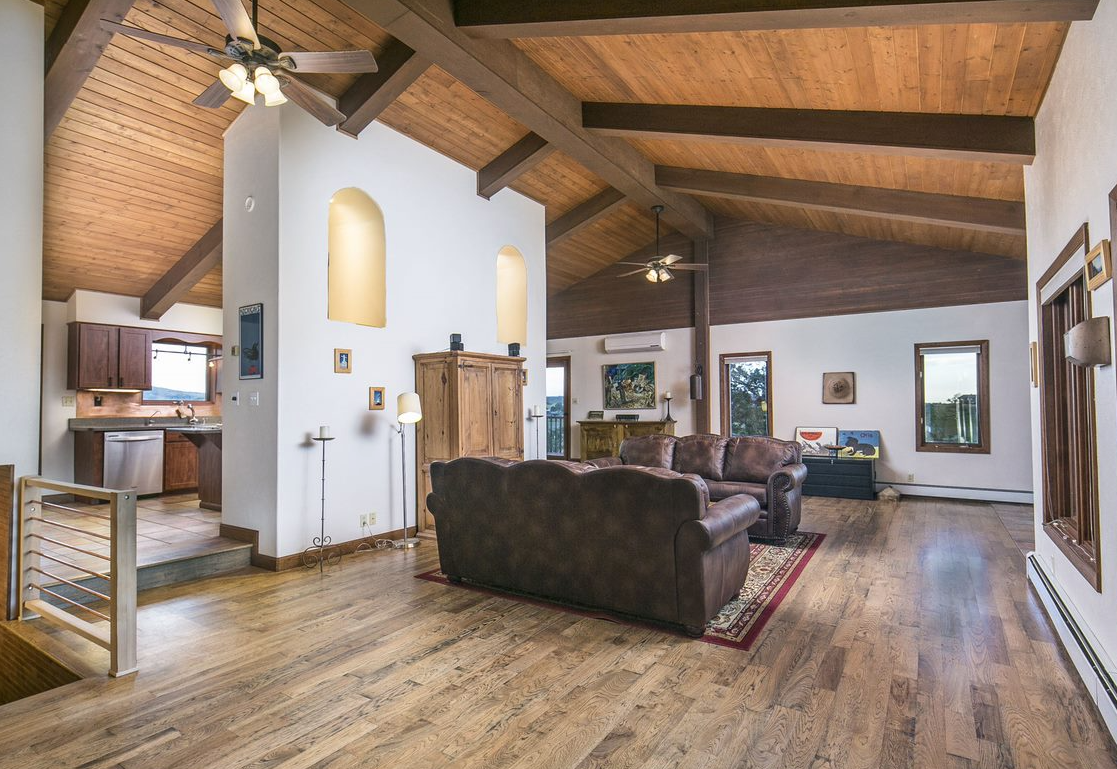
6.) Illumination Indoors and Out for Aesthetics
For your house to look its best, there should be about 10 times as much light on the outside as on the inside. Besides looking more pleasing, safety and security increase when the home has full illumination outdoors. If you have a home with landscaping and a great lighting system, it could increase your home’s value as much as 20%. But don’t run out and install lights to resale. Your REALTOR® can advise what you need to maximize your R.O.I.

7.) Light Scatters When Entering a Room.
Did you know? Light scatters when entering a room through glass windows because it reflects off all surfaces in the room before reaching your eyes. Have you ever seen the reflections that appear to be a kaleidoscope of colors in a room? Tyndall Effect is the particles you see in a dusty room or in the middle of the forest. Bet you can’t wait to write home about this one. Worst case scenario, you’ll know the name for this cloud next time you see it.
“It is believed that the shorter wavelength in blue light is what causes the body to produce less melatonin because the body is more sensitive to this type of light.” ~ Alina Bradford of Livescience
8.) In the United States, the Color of Streetlights is Usually Yellow or Orange
The yellow or orange streetlights are better for your eyes at night and don’t cause as much glare on the road. However, many cities opt-out of LED lighting because they can cause negative effects on sleep. Check this out How Blue LEDs Affect Sleep | Live Science. In most cases, you can supplement melatonin with a regimen of tablets an hour before bed. Sleepy teas are also popular. But if the streetlights are becoming a nuisance, it is time to get with your HOA or city for alternatives.
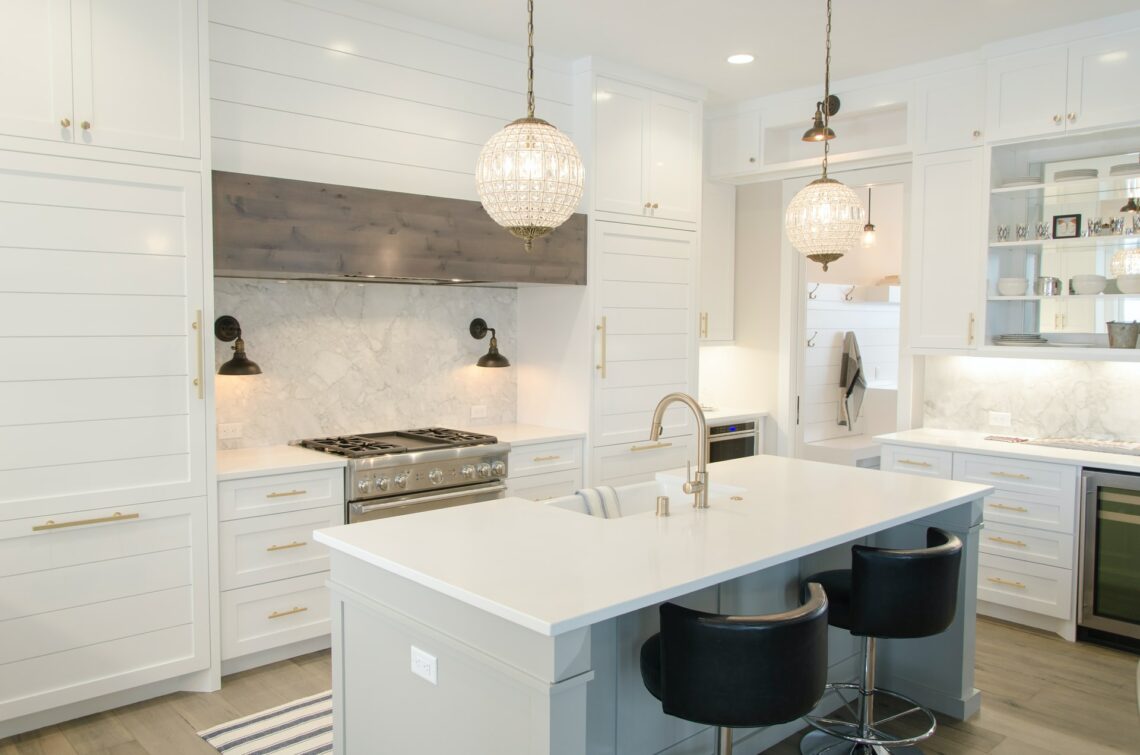
9.) Lighting Fixtures Should be at Least 2-Feet Away from Furniture or Walls
Staying at least 2-feet away from furniture and walls will give optimal illumination. When we crowd the bulb with clutter, it disrupts the natural flow of light pattern. If the room is dark, try moving the lamp around first before investing in a new lighting system.
In this blog post, we’ve explored many ways that light can improve your home and provide you with a healthy lifestyle. Now that you know more about how lighting works and what it does for your health, will you take steps to make your life brighter? If so, let us help by calling us or emailing. Click the link below and our team will reach out in a snap.
What’s My Home Worth – Real Estate In Northern Colorado.
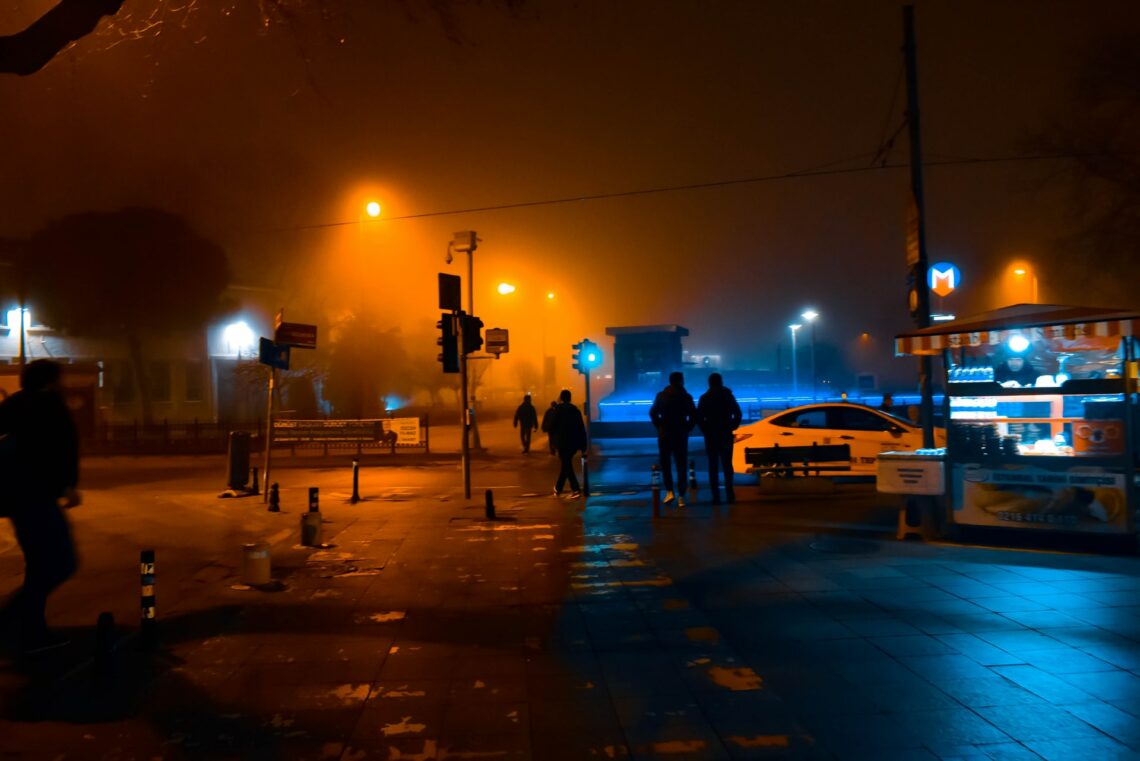





Leave a Reply